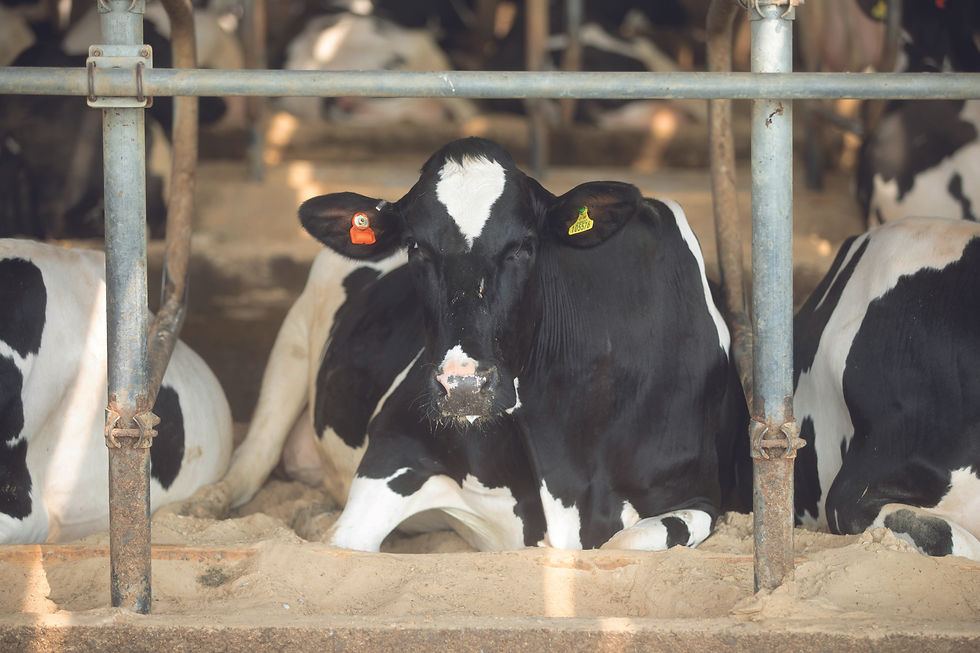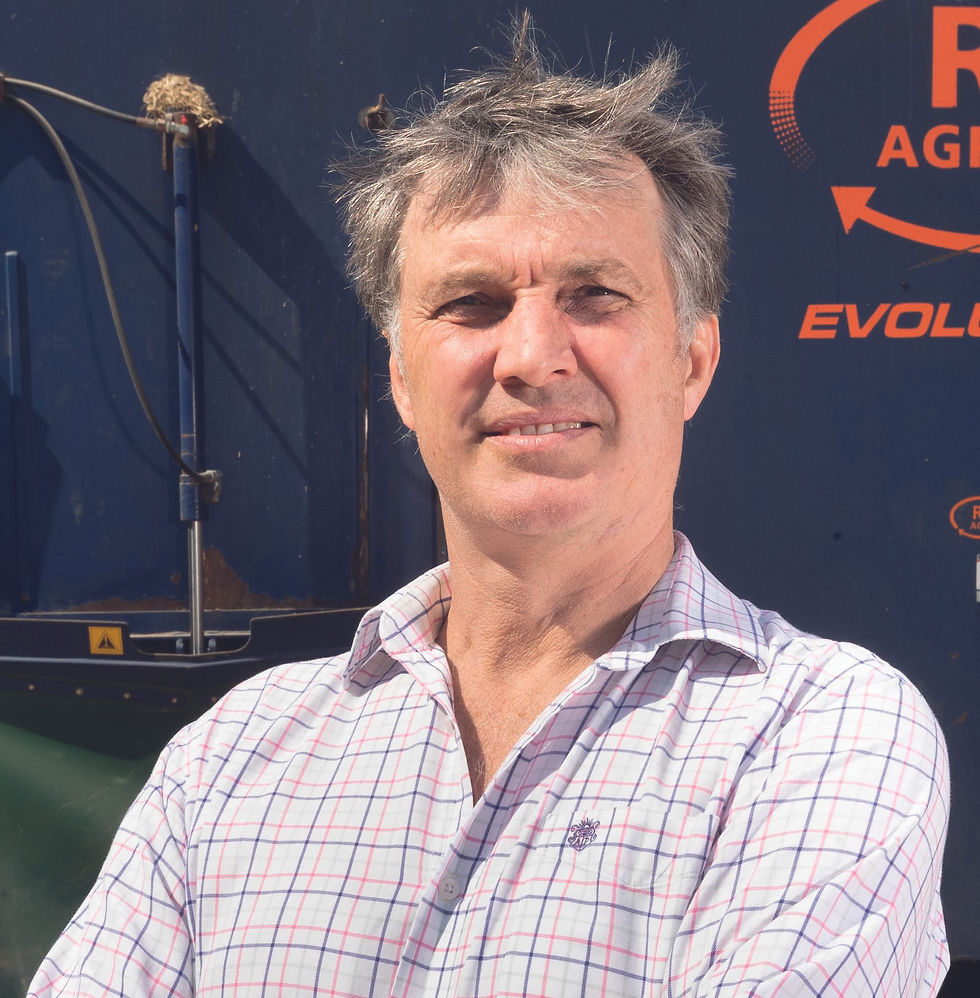Top pedigree herd lifts coveted trophy (May 22)
- CowManagement

- Jun 8, 2022
- 4 min read
An award-winning Essex-based pedigree Holstein herd has won the 2020 NMR/RABDF Gold Cup, much to the surprise and delight of its owners. And now plans are in full swing to prepare for July’s open-day.
TEXT RACHAEL PORTER
Over the moon – how else could you describe it? That was how John Torrance said he felt after the long-awaited announcement of the winner of the 2020 NMR/RABDF Gold Cup competition. “We genuinely didn’t think we had a chance of lifting the trophy, particularly after we’d won the NMR Silver Salver for the highest fat and protein yield among the Gold Cup qualifying herds – announced just ahead of the overall winner. “It’s extra special to us because there aren’t many dairy producers in our part of the country to benchmark our performance against. So it’s good to know that we’re doing as well as some of the other top herds in the UK.”
John says the accolade is also solid testament to the hard work and dedication of the entire team charged with managing the family’s herd. “We’re already putting plans and preparations in place for the Gold Cup open day in July. We’re all eager to ensure that the herd and unit are looking their best for the big day.”
Breeding focus
With a strong focus on breeding, this pedigree herd is in the top 12 herds in the UK for PLI and the current average is £319. As breeder achievements go, the heights reached by John and his family’s Curtismill herd is certainly something many producers aspire to. Their Gold Cup win is yet another feather in the cap of a business that’s been hoping for success with this award for many years.
Based at Stapleford Abbotts, near Romford, John and his family – father Robert, mother Janet and wife Lucy – run their 700-cow herd, and 510 followers, on 429 hectares of Crown Estates land, just inside the M25 corridor. The family has a three-generation tenancy at Battles Hall, and John’s building a dairy herd and business, managed on 297 hectares, which can withstand the rigours of volatility and changing customer demands.
The all-year-round calving herd has expanded during the past few years from 500 milkers. “We grew the herd using our own replacements and more than 30% of cows are in their first lactation. And we hit our target of 700 cows in 2021,” he says.
Genomic testing
The herd has been pedigree Holstein since the early 1970s. “We focus on breeding average-sized, functional, healthy, high-producing cows – our aim is to breed cows that will produce 70,000 litres milk, during an average of five lactations per cow. We currently have 21 100-tonne cows. This has played a key role in improving milk production efficiency. Sexed semen is used on maiden heifers and the top 25% of the herd to produce replacements. Beef semen is used on the remainder. When the herd first entered the Gold Cup competition, John was evaluating the benefits of genomic testing heifers to aid replacement selection. Today all females are genomically tested – heifers are DNA sampled at birth. “The key reason for this is it allows us to use sexed semen on the top 20% of heifers, which will help to further increase our herd’s rate of genetic gain. It also ensures we maximise the return on our investment in sexed semen.”

Cow comfort: housing design maximises herd welfare
The herd is housed all year round and fed a TMR. “Our attention to cow comfort and welfare when redesigning the dairy unit, in 2014 and 2018, has contributed to the high levels of performance that our three-times-a-day milked herd is now achieving.” The team pays close attention to the cow environment and parlour routine to prevent and reduce health issues. Cubicles are, for example, sand bedded, and when it comes to milking, all cows are pre-milked. Any cows with clots or hard quarters are given pain relief and drench (fluid therapy), and there’s a cluster flush system to prevent cross-infection. “We use Cow Manager, which is an early detection system for cows with health problems,” adds John. “Our team recognises that genetics, feeding, cow health, comfort and welfare all play a role.” John adds that they all strive to ensure that the farm is always ‘audit ready’, and that there are never any non-conformity issues.
He says that the business is committed to producing an environmentally sustainable and healthy product. “Having made significant investment in cow housing and facilities during the past six years, we are now profit focused, and are keen to continue to improve herd performance and break new performance barriers. “As our young herd matures, we hope to continue to improve performance without compromising cow or staff welfare. Both are critical to business success.”

Owners: John Torrance & family
Herd size: 700 cows plus 510 youngstock
Unit size: 429-hectares
Average yield: 13,530kg (milk sold), at 4.08% butterfat and 3.26% protein
SCC: 82,000 cells/ml
Farm facts and figures (September 2021)
● All-year-round calving herd, housed 365 days a year and TMR fed
● Calving Interval: 382 days
● Conception rate: 43%
● Pregnancy rate: 29.8%
● Mastitis cases: 0% treated with antibiotics, 4% treated with pain relief and fluid therapy.
● Lameness: 96% of herd mobility score 1
● Replacement rate: 23%



Comments